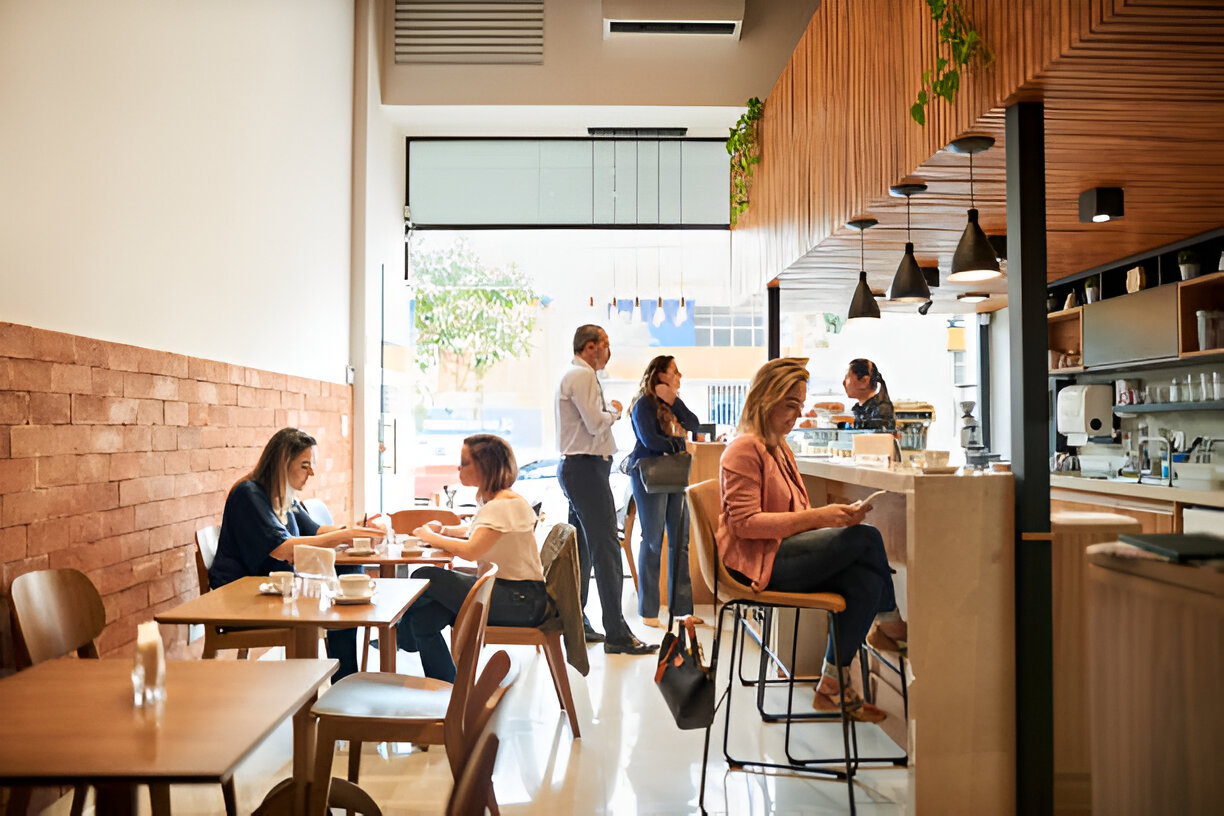South America is one of the most significant coffee-producing places in the world. This place takes pride in being responsible for the maximum percentage of coffee consumed today.
Many factors have made South America a massive coffee-producing place, such as the proximity to the US market and the climate. Hence, many countries import coffee beans from this place.
If you wish to enjoy the tasty brew of coffee prepared by expert hands, then you should visit the Royal Oak coffee shop in Detroit.
They are the famous coffee-serving destination with a team of expert baristas. You can see them anytime to take a break from your stressful work.
The Conditions
South America is famous for its humid and hot climate. The mountainous region contributes perfectly to growing coffee.
Both the coffee types, Robusta and Arabica, require particular conditions to grow, and South America has it all. The primary coffee production is Arabica rather than Robusta.
Places with Higher Coffee Production
Some places have the perfect conditions for the abundant growth and survival of coffee beans.
- Brazil – Brazil takes pride in exporting large quantities to every nook and cranny. Looking through all the coffee blends, you will notice that the Brazilian blend is in great demand. The coffee beans are used to prepare coffee-flavored chocolates in many places.
- Ecuador – The instant coffee in the markets today are all prepared in Ecuador. Unlike Brazil, the local farmer communities have set significant limitations on exporting pretty expensive coffee beans.
- Venezuela – Venezuela was once known as the producer of coffee beans at the same levels as Columbia.
However, the locals now prefer petroleum extraction to coffee production. However, 1% of coffee beans exported today are from Venezuela.
- Columbia – The significant concentration of the economy in Columbia comes from coffee production. Their beans are famous for being utilized while preparing morning coffee blends in many parts of the world.
- Peru – In the world of fair-trade and organic coffee runners, Peruvian coffee stands first. Coffee seeds are high in acidity and medium body specialties and are in great demand worldwide.

Soil Condition
The soil composition has a significant role to play during the production of coffee. South American soil is known for its volcanic origin and contributes majorly to the healthy growth of coffee seeds.
The volcanic earth is known for having all the minerals required to develop coffee beans. Hence, the seeds will be rich in flavor and aroma.
While roasting coffee beans, ten steps are followed, and each step brings out a unique flavor from the seeds. Before roasting the beans, the barista will decide whether to filter it or prepare espresso.
\Based on this decision, they will proceed with the further roasting steps. South American coffee seeds offer uniqueness in each drink prepared after grinding them.
Climatic changes are a common factor while growing coffee. The coffee producers in South America have come up with many steps to ensure that the changing climatic temperature does not affect the flavor and growth conditions of the coffee beans.

